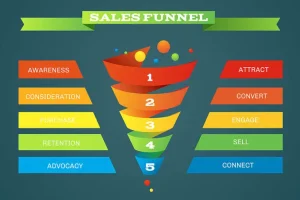
You have to calculate the sales variance of your products to determine if your business strategy is working or not. There are many ways to calculate sales variance. Below are a few simple ways to calculate sales variance. Having a negative variance is not a good sign. If your sales variance is negative, you should consider making some changes in order to improve your sales. You can do this by changing your product, pricing, or projections. But before you do that, here’s a basic formula that will help you determine your sales variance.
The sales variance formula is used to determine how much a company has sold versus the amount of money it expected to earn. By understanding sales variance, managers will be able to determine if a particular strategy is working or not. It is also important to remember that the total variance is the difference between actual and budgeted sales. It is important to note that there are two main components in sales variance: favorable and unfavorable. A positive sales variance means that the company received more money than they expected, while an unfavorable sales variance means that they received less money.
The first form of sales variance is the volume variance. This formula takes into account the volume of goods sold compared to the standard amount of the same product. Likewise, a negative variance means that fewer units were sold than the budgeted amount. As with the other variance formulas, the variance can vary by several factors. For example, the variance of sales per unit (V) can be high or low. However, it can also be low if a product has high demand.
A positive sales variance occurs when a company charges more than its budget. It is most common in competitive markets. Companies often lower their prices to attract customers and move products. However, an unfavorable sales variance can be large or small. Regardless of the cause, knowing the sales variance formula will help you maximize profits and avoid losing money. While there are a number of variables that can affect the variance, the main factor that determines your business’s success is a realistic view of what you can expect.
When you calculate sales variance, you need to know the standard margin and the expected sales volume. The standard margin is a measure of profit, so it is an excellent way to compare the actual margin with the budgeted one. If you have an actual margin, you will be able to see how changes in selling price or quantity affect your sales. If you are making a loss, this means that your margin is below your budgeted profit.
A favorable difference means that actual direct labor costs are less than the budgeted amount. This means that your revenue grew or shrank in a favorable way, which is good for your bottom line. An unfavorable variance means that your competitors released a new product or service that is more appealing to customers. If your sales are down by 20 percent or more, then you have an unfavorable variance. You can adjust your budget to compensate for these changes.







